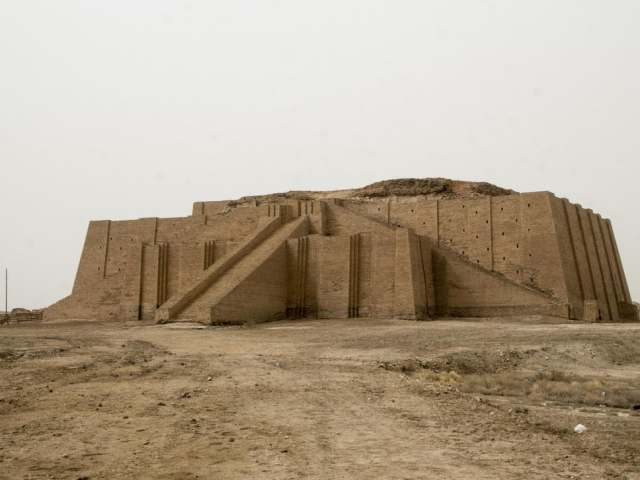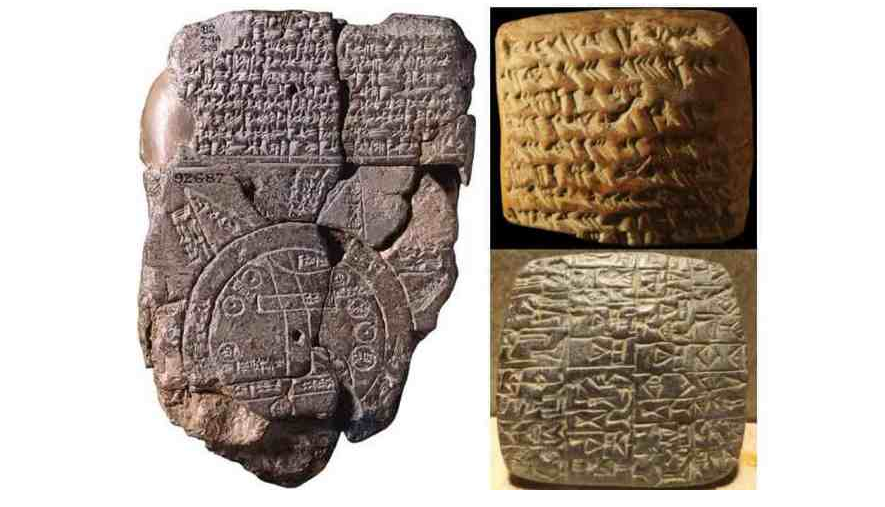During a business trip to Dhi Qar in 2016, Iraqi Transport Minister Kazim Finjan made a shocking announcement. The Sumerians, he claims, had their own spaceport and actively went around the solar system. The Sumerians were an advanced civilisation that existed roughly 5000 years ago between the Tigris and Euphrates rivers in Mesopotamia, which eventually became Babylonia and is now in Iraq and Syria.

The Sumerian pyramids are not inferior to the Egyptian pyramids in terms of architectural splendor. Several explanations about the function of the ziggurats (huge buildings created in ancient Mesopotamia), including ufologists’ curiosity, have been offered. Nobody anticipated the official to say something like that.
A large structure built in ancient Mesopotamia to bring the temple closer to the heavens, known as a ziggurat. The Mesopotamians thought that these pyramid temples served as a link between heaven and earth. Many gods were worshipped by the Sumerians.
They prayed to Anu (sky god), Enki (god of water, knowledge, mischief, crafts, and creation), Enlil (Lord Wind), Inanna (Queen of Heaven), Utu (sun god), and Sin (sun god) (moon-god). They invented the wheel, cuneiform script, arithmetic, geometry, irrigation, saws and other tools, sandals, chariots, harpoons, and beer, among other things.
Finjan believes that the first airports and spaceship platforms were created in the ancient towns of Eridu and Ur some 5000 years ago. Regrettably, the minister made no explanation of where the Sumerians obtained such technology or why there was no evidence of their existence.

Professor Kamal Aziz Ketuly wrote that he saw three Sumerian clay tablets with cuneiform writing and illustrations dating back to roughly 3000 BC while visiting the Iraqi Museum in Baghdad’s Sumerian wing. He claims to have discovered heliocentric depictions of the solar system on one of the tablets.Furthermore, “Mesopotamians utilized a calendar with months and years beginning in 3000 BC, indicating that the Moon was examined at that early age.” “All five planets visible to the naked eye, as well as the Moon, the Sun, the stars, and other celestial phenomena, were known and studied” in ancient Mesopotamia. Mercury, Venus, Mars, Jupiter, and Saturn are the planets involved.

Scientists have various theories about how multi-tier temples came to be. One of them is the need to keep the structure in good repair for as long as possible, as it was built for the gods. As a result, each subsequent tier was erected on top of the one before it.
The Sumerians demonstrated their longing for the higher realm. The number of platforms may correspond to the number of well-known figures. It’s worth remembering that Lower Mesopotamia lacked woods and minerals. Because the Sumerians were busy traders, it’s difficult to say where the materials for full-fledged spacecraft came from. The truth will be hidden under the veil of time. If the Sumerians had conquered space, they would have long since left the planet.








